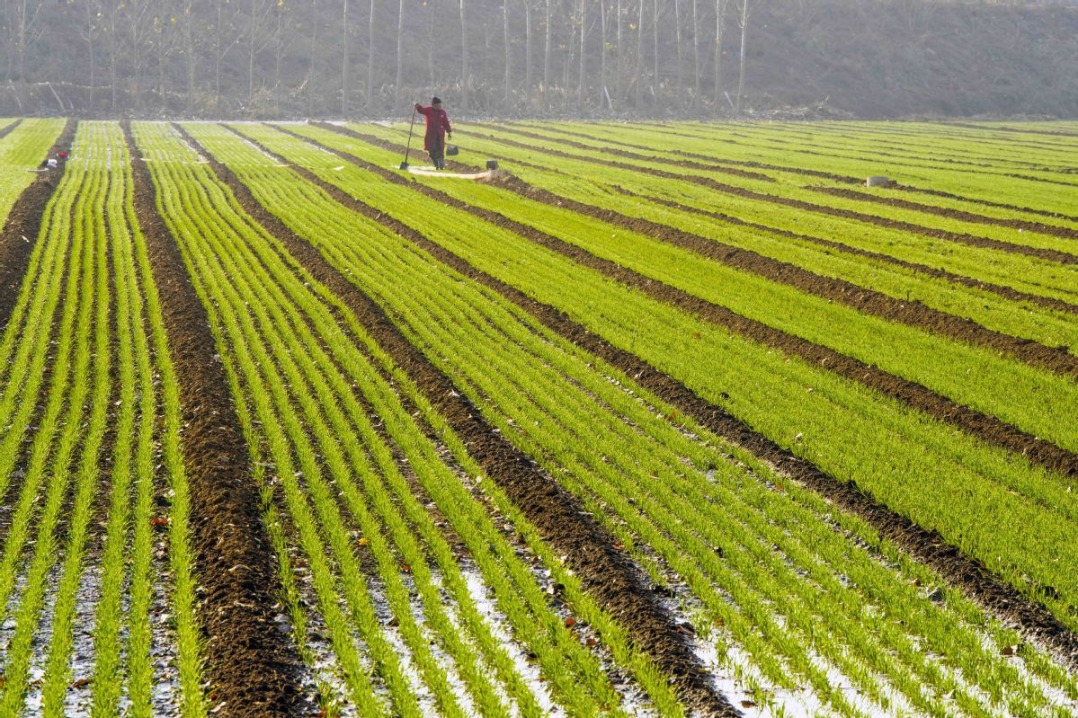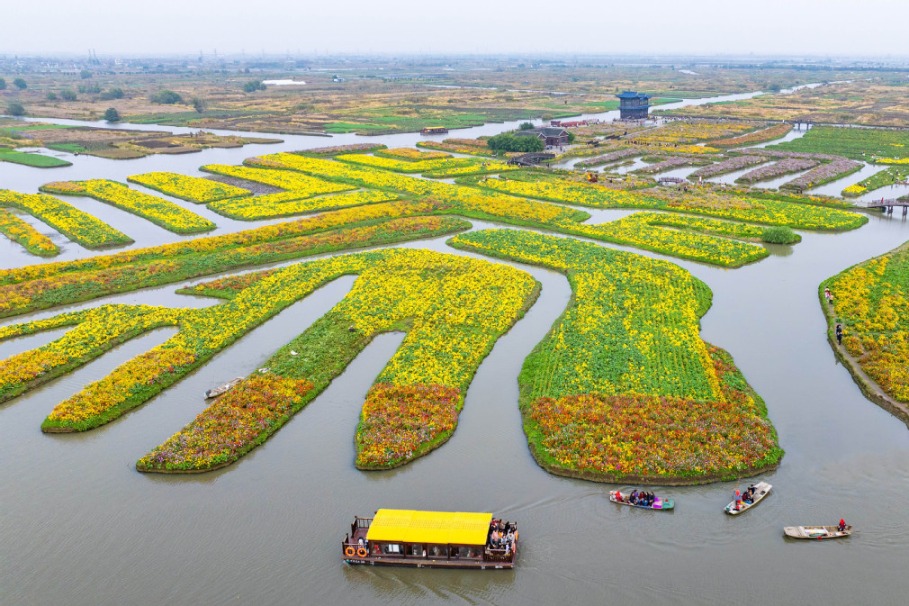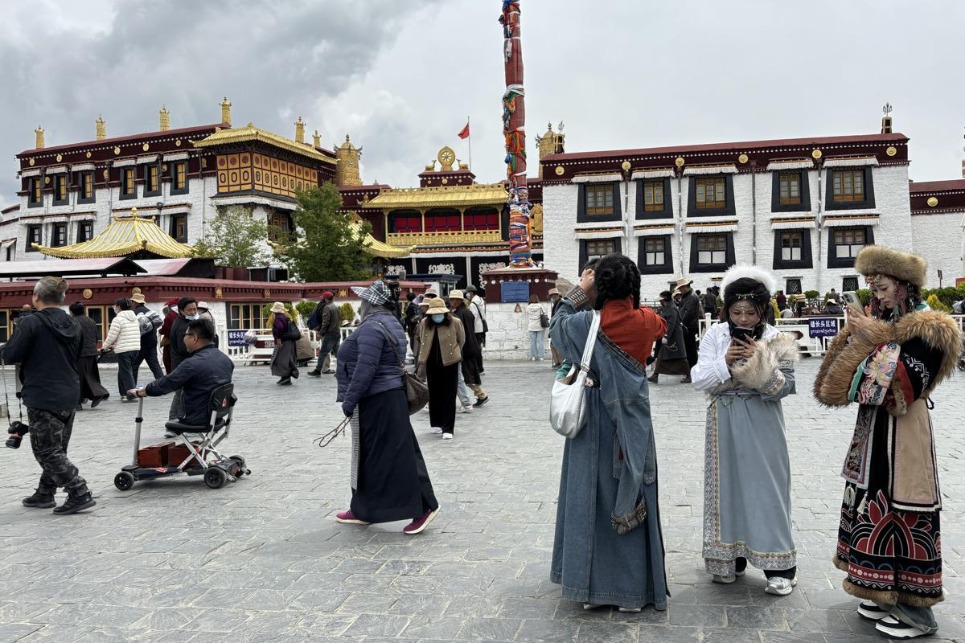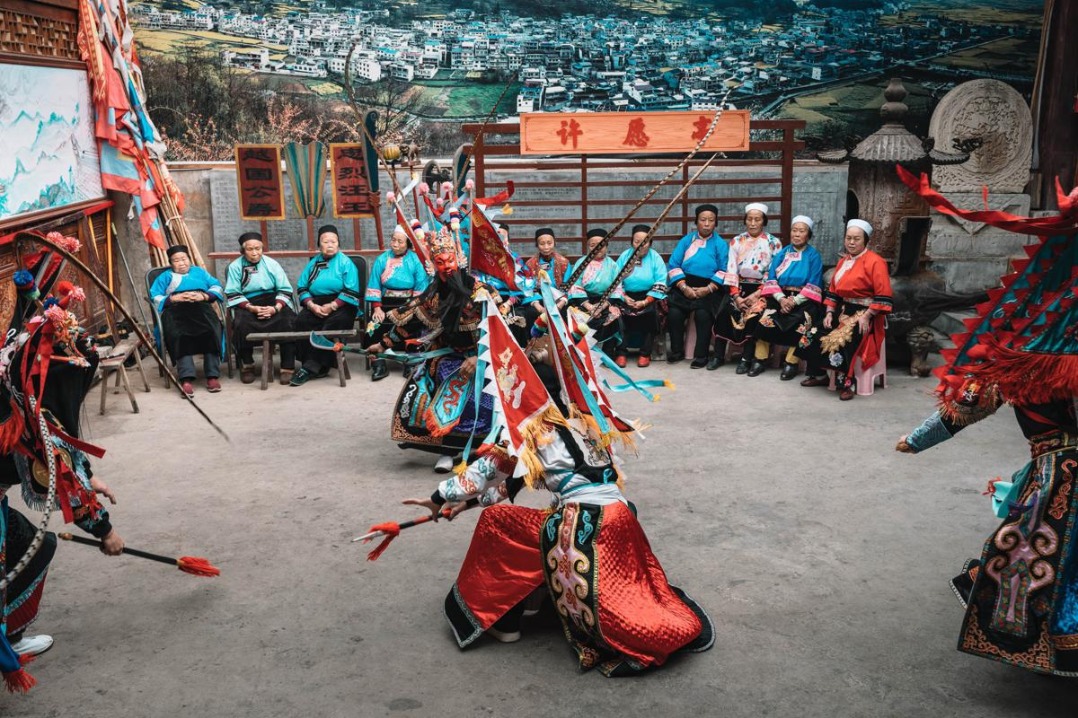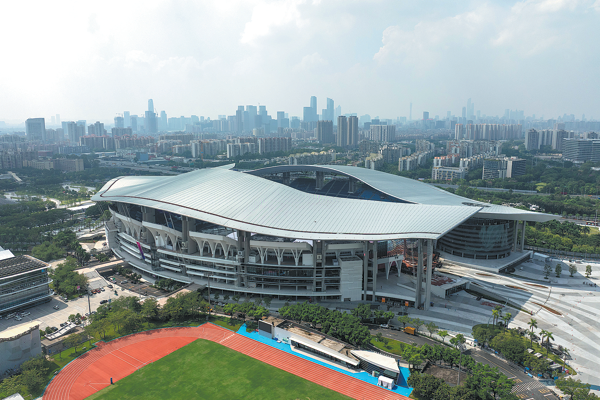Inner Mongolia enhances grassland protection

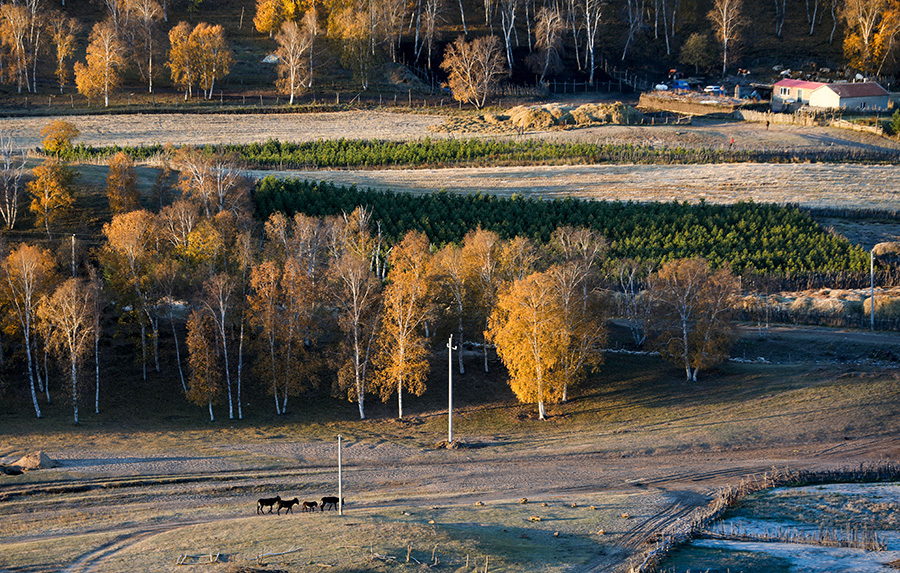
HOHHOT -- Northern China's Inner Mongolia autonomous region has stepped up efforts to curb the ecological degradation of its vast grasslands, with the average vegetation coverage of its pastures remaining at 44 percent over the past three years.
The region has some 88 million hectares of grasslands, accounting for about one-fifth of the country's total. Areas of the grasslands suffered severe degradation and desertification in the late 1990s due to drought and overgrazing.
The environment of Inner Mongolia's grasslands has significantly improved as the region implements a spate of ecological projects including controlling grazing and returning farmland to grassland and forest.
Sun Zhenyun, head of the regional agriculture and animal husbandry department, said grazing is now banned in around 27 million hectares of pastures, and about 109,000 hectares of farmland has been returned to grasslands or forests.
The average vegetation coverage of the region's pastures has increased by 7 percentage points from 37 percent in 2010. The number is now equivalent to that in the mid 1980s, Sun said.
The region has also improved its legal system for grassland protection and provided subsidies for local herders and farmers to encourage them to control grazing.
Inner Mongolia aims to increase its average vegetation coverage of grasslands to about 46 percent by 2020.
- Nearly 70% of winter wheat sowed across China
- 'Tech tourism' takes off across nation
- Yunnan boy seen in viral video traced, is unharmed
- Shanghai's transport hub taking shape
- New measures seek to reduce school stress
- Xi urges comprehensively deepening reform, opening-up for high-quality development during Guangdong inspection tour
















